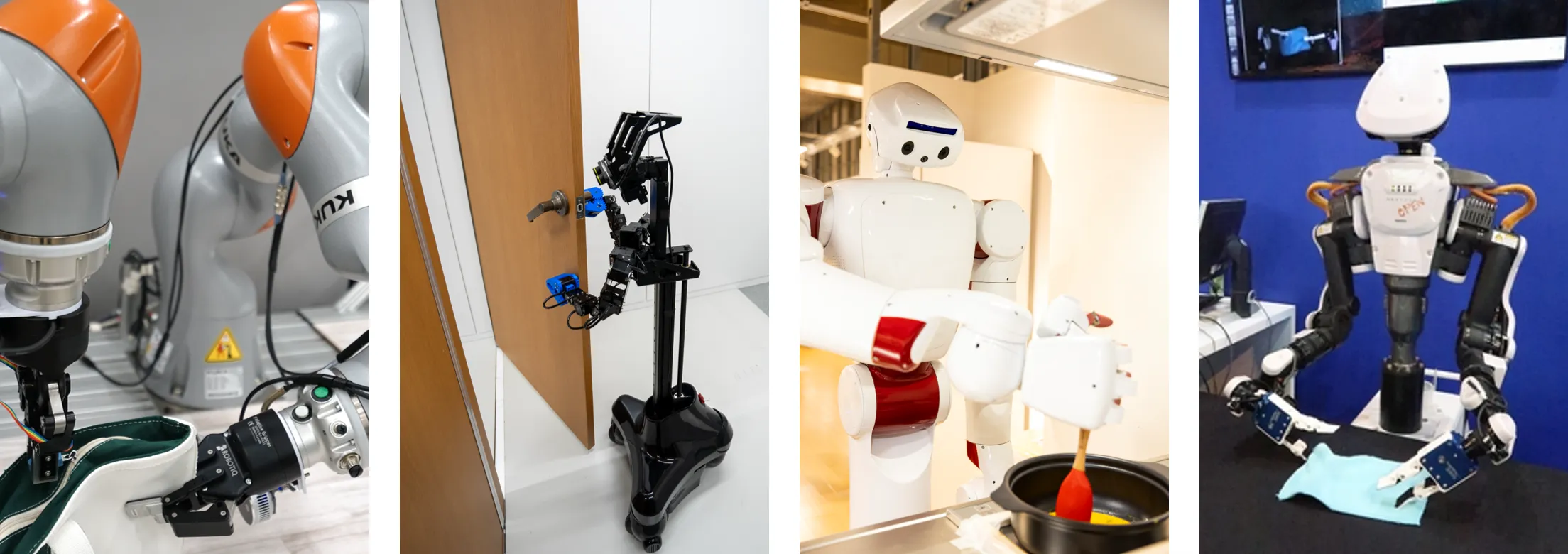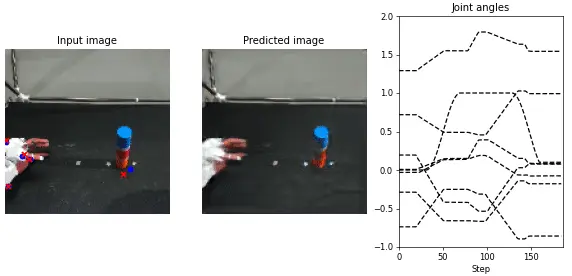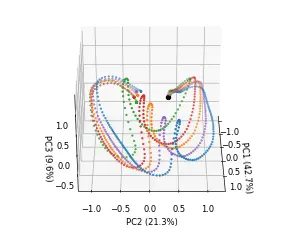A deep learning-based approach can generalize model performance while reducing feature design costs by learning
end-to-end environment recognition and motion generation.
However, the process incurs huge training data collection costs and time and human resources for trial-and-error
when involving physical contact with robots.
Therefore, we propose ''deep predictive learning,'' a motion learning concept that assumes imperfections in the
predictive model
and minimizes the prediction error with the real-world situation.
Deep predictive learning is inspired by the ''free energy principle and predictive coding theory,'' which explains
how living organisms behave to minimize the prediction error between the real world and the brain.
Robots predict near-future situations based on sensorimotor information and generate motions that minimize the gap
with reality.
The robot can flexibly perform tasks in unlearned situations by adjusting its motion in real-time while considering
the gap between learning and reality.
We have released the Pytorch based implementation and sample dataset on the github page. By referring to the source
code
and documentation, you can systematically learn everything from data collection to learning and analyzing motion
generation models. The documentation uses an inexpensive robotic arm,
OpenManipulator, and a
multi-degree-of-freedom humanoid robot,
AIREC, as examples, but
you can easily apply it to your own robot by setting appropriate parameters of the robot body information (e.g.,
joint degrees of freedom, camera image resolution).
The following figure shows the inference results of the motion generation model with attention mechanism when the
robot is trained to perform an object grasping motion. From left to right, the input image with the attention point,
the predicted image, the predicted joint angle, and the internal state of the RNN. The meaning of each figure and
the visualization analysis method are described in the document.




